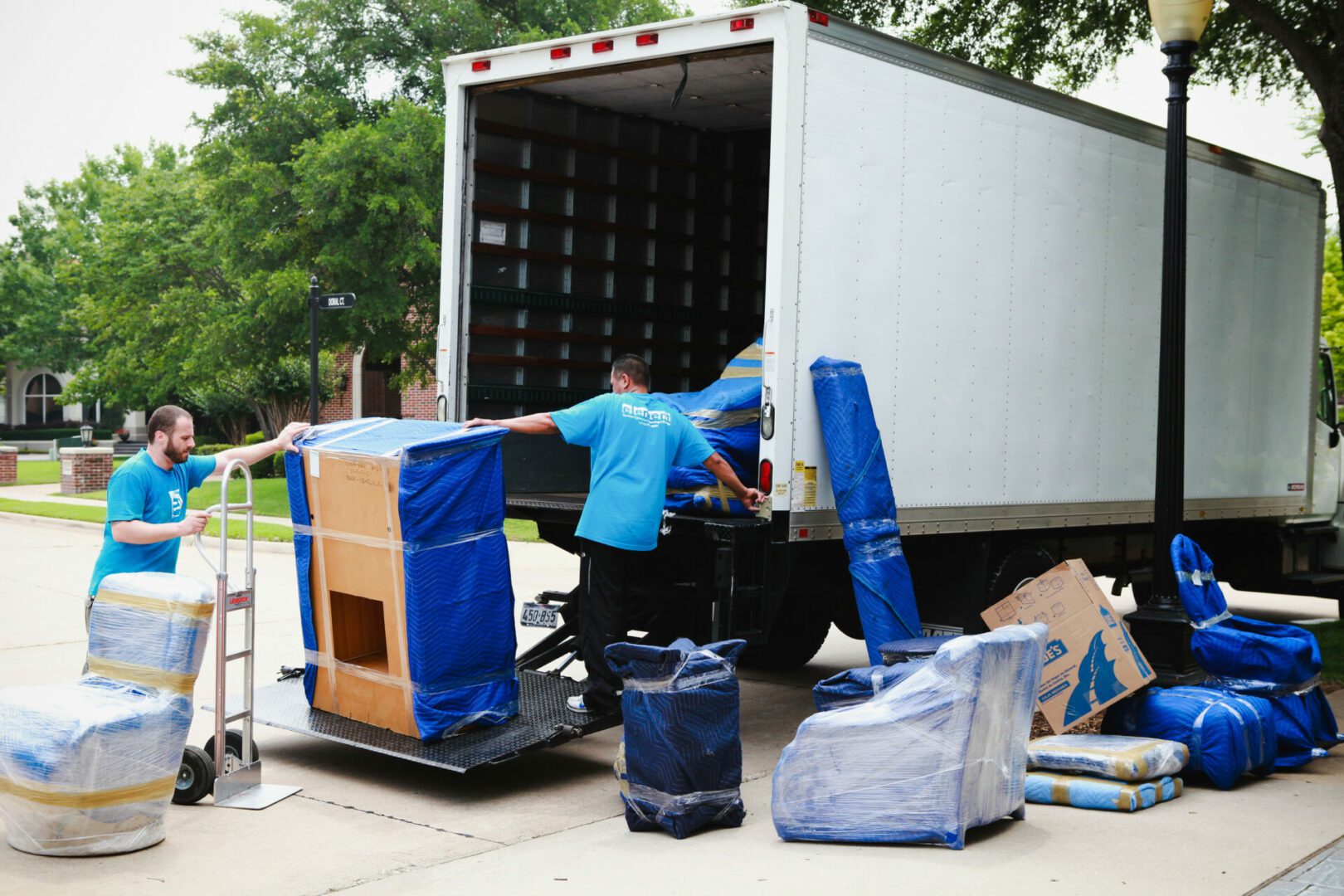Relocating can be one of life’s most exciting yet daunting endeavors. Regardless if you’re moving across town or embarking on a long-distance journey, understanding the ins and outs of moving services can make all the difference. From apartment moves to residential relocations, the appropriate movers can facilitate your transition, ensuring your belongings arrive safely and on time.
In this comprehensive manual, we will discuss crucial tips for both local and long-haul moves. You will learn how to choose the best moving services, what you will encounter during the process, and how to get ready for both types of moves. With the right knowledge and planning, you can turn what might appear like a stressful task into a seamless and positive journey.
Choosing the Right Transport Services
While preparing for a transition, whether it’s an flat relocation or a larger home move, choosing the appropriate relocation services is crucial for facilitating a hassle-free transition. Start by evaluating your individual preferences, including the capacity of your home, the distance of the relocation, and any special items that require special attention during moving. Understanding these considerations will help you decide if you require regional moving solutions or if you’re preparing for a remote relocation experience.
After that, look into potential moving services in your locality. Seek out companies that specialize in both local and remote moving solutions. Check customer testimonials to get insight into their reliability, expertise, and care of belongings. It’s important to request estimates from several movers to contrast costs and solutions. Be sure to check about any hidden charges that could be associated with your relocation to avoid surprise costs.
In conclusion, talk honestly with your chosen moving provider about your requirements and hopes. A reliable relocation company will offer you with concise information regarding their process, coverage options, and what will happen on the date of the move. By establishing a good rapport with your movers and talking about your concerns, you can guarantee that your moving journey, whether regional or remote, is as seamless as possible.

Regional vs. Long-Distance Moves
When considering relocation services, the difference between local and long-distance relocations is crucial. Short-distance moving typically means moving inside the same city area or area, often under a certain number of miles, usually about 50. This type of relocation is generally quicker and can be more straightforward, which makes it simpler for moving teams to navigate known roads and routes. Typically, short-distance relocations are completed in a single day, allowing for efficient organization and completion.
On the flip side, long-distance relocation covers greater distances, often traversing state lines or surpassing that 50-mile mark. This type of move requires more thorough planning and thought, such as mapping out the route, scheduling, and potentially managing regulations for various jurisdictions. Extended movers often supply extra services, including wrapping up, storage options, and tracking tools to make sure your belongings arrive securely and punctually.
Understanding these distinctions is crucial when choosing the appropriate moving company for your needs. Short-distance relocation often gives more adaptability and quicker timelines, while interstate relocation requires more comprehensive services and preparation. Assessing your particular circumstances will help you decide which type of moving service is most suitable for your requirements, be it for apartment moves or more substantial home moves.
Advice for a Seamless Moving Experience
To ensure a smooth moving experience, start by developing a thorough moving plan well in advance. Decide on your relocation date and arrange your moving assistance as soon as possible to secure availability, especially during busy relocation periods. Make a list of tasks, including preparing, notifying change of address, and establishing services at your new place. This organized approach will help you stay on track and minimize stress at the last minute.
When preparing your belongings, prioritize downsizing to reduce your volume. Go over every area and decide what to keep, give away, or discard. Use high-quality packing materials to safeguard your items, marking boxes clearly for efficient unpacking. Additionally, remember to pack an important items bag with key belongings such as important papers, personal care products, and a change of clothes to make important items readily available during the transition.
In conclusion, communication is key during both long-distance moves. Stay in contact with your moving company to verify details and timelines. If you are moving to an apartment, be certain to reserve an elevator slot or parking area if required. Being proactive and informed will help facilitate the relocation and ensure that your move goes as smoothly as possible, making your transition to your new home enjoyable.